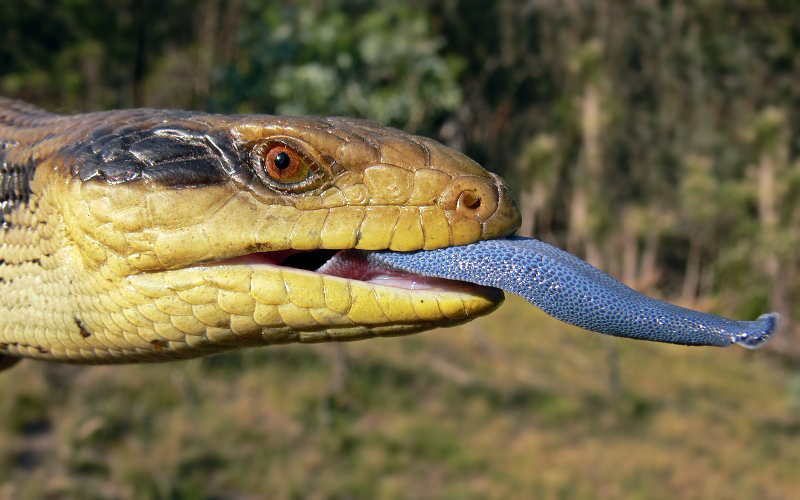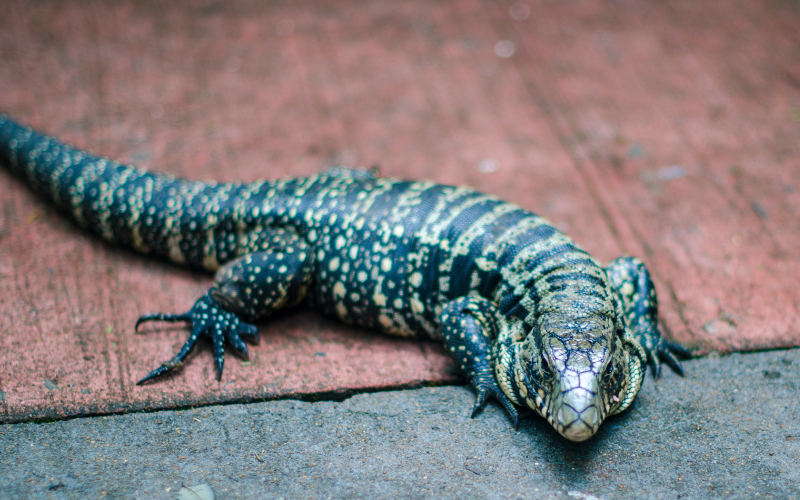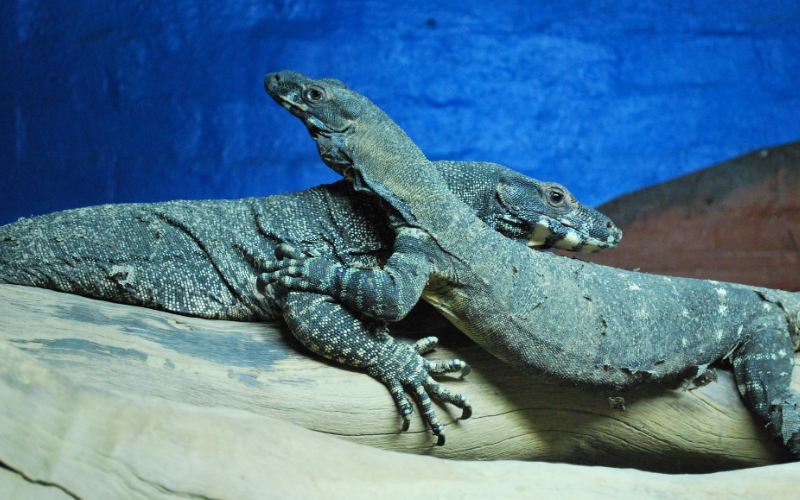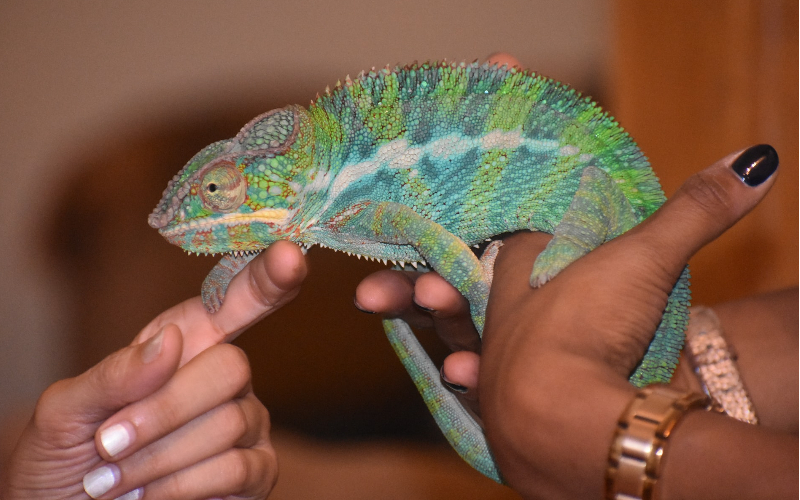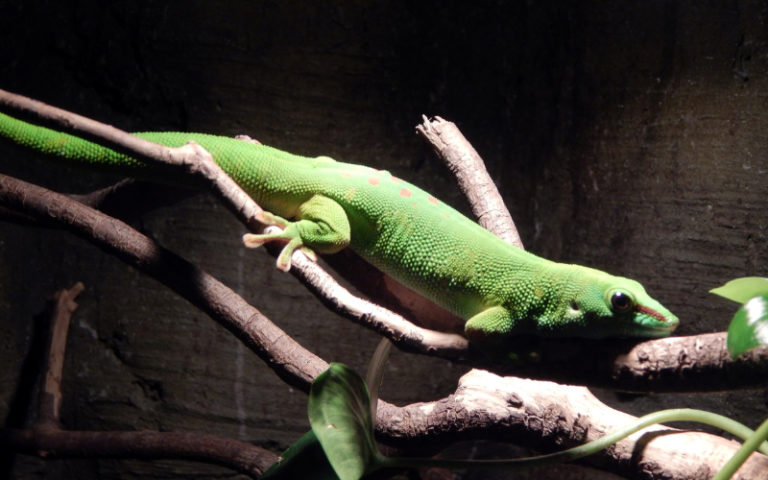Reptiles are becoming increasingly popular as family pets, and for worthwhile purposes. It’s exciting to observe and engage with these sophisticated creatures. If you’re looking to acquire a reptile, there are many to choose from lizards. In no particular order, here are the top ten most popular lizards kept as pets.
1. Bearded Dragon
The Bearded Dragon is a popular, outgoing, and low-maintenance reptile. They are among the greatest reptile pets available. Beardies are Australian natives who are recognised for their unique communication style. They have skin folds under their chin that protrude into a “beard.”
Bearded Dragons are omnivorous, meaning they eat a variety of fruits and insects during the day. They should eat a couple of times a week and take a calcium supplement. These dragons are the most friendly reptiles you’ll ever meet. They prefer to engage with their owners most of the time. According to several owners, each dragon has its own distinct personality.
The Bearded Dragon is a wonderful starter lizard because of its general simplicity of care and pleasant nature. They grow to be 1-2 feet long and survive for 10-15 years.
2. Leopard Gecko
Leopard geckos are a popular pet and are well-known for being a good choice for newcomers to herpetology. They are covered in a pattern of dark brown spots, like to the animal for which they are called. They are totally insectivorous and must be supplemented with calcium. They are nocturnal as well.
Leopard geckos are typically calm, do not bite, and are easy to care for, making them ideal for beginners. They like to talk, especially when they’re hungry, so if you don’t want a noisy pet, they might not be the best choice. Fortunately, unlike other geckos, this species lacks sticky toes and does not climb, so they won’t require a tall aquarium. They have a 15-year lifespan.
3. Blue-Tongue Skink
The vivid blue tongue of the Blue-Tongue Skink is its most distinguishing feature!
These Australian indigenous are omnivores who consume primarily fruits with a small amount of meat. Although they require a fruit and vegetable diet, meat, such as large worms or mice, should also be supplied. They are a little heavier than the reptiles previously mentioned, although they do not grow particularly long for their size about 20 inches.
Skinks with blue tongues are typically gentle, quiet, and easy to tame. They have a powerful bite if they feel threatened, so while it is safe for youngsters to touch them, they should always be supervised. This skink has a 20-year lifespan. Overall, they are ideal starting reptiles due to their simplicity of care and docility.
4. Tegus
The Tegus is a South American animal that has lately been brought to Florida’s wilderness. They are a burrowing species that like to stay cool by hiding in tunnels.
This is a bigger species, reaching up to 4 feet in length, but it should be easy to care for for novices who can handle their size.
Despite their size, Black and White Tegus are more docile than the majority of reptiles.
They are easy to manage and have a high level of intelligence. They are another reptile species that eats mice, so if you prefer to feed fruit or insects, this may not be the ideal option for you!
This tegu has a lifespan of 15 to 20 years.
5. Monitor Lizard
The beautiful Monitor Lizard makes an excellent pet. The Savannah Monitor, Acklin’s Monitor, and White Throated Monitor, which are smaller variants of the Monitor Lizard, are the most frequent. This pet reptile should not be obtained from the wild once again.
The carnivorous Monitor Lizard may be fed rats and mice twice a week. This clever pet reptile should be maintained in a big, safe enclosure to prevent it from escaping. The Komodo Dragon, which resembles a tiny dinosaur at first glance and is not suggested as a pet, is the most well-known of the Monitor Lizards.
6. African Fat-Tailed Geckos
African Fat-Tailed Geckos are closely related to Leopard Geckos and require comparable care. These lizards are African natives, as their name implies, and their tails are nearly as thick as their bodies.
Beginners will have no trouble caring for them. Their husbandry and feeding requirements are quite simple. They are typically gentle and pleasant. They have a lifespan of 10 to 25 years.
7. Chameleon
A Chameleon should be purchased from a captive bred pet store or breeder, just like any other pet reptile. A Chameleon is a difficult reptile to keep as a pet since it is often stressed and requires a lot of attention in terms of habitat, health, and food. The Chameleon, unlike other pet lizards, dislikes being touched.
With its ability to change colours, rolling eyes, and lengthy tongue, the Chameleon makes for a fascinating and fantastic companion. The Veiled, Jackson’s, and Panther Chameleons are the most common pet Chameleons. Chameleons require big, open enclosures and feed on live insects such as crickets and flies.
8. Day Gecko
The Day Gecko is native to Madagascar, but it has lately been brought to Hawaii and other Pacific Islands. They get their name from the gold flecks that emerge on their dorsal side. They are mostly green in colour.
They’re little lizards, approximately 5 to 6 inches long, but they need a 20-gallon tank with plenty of logs and branches to hide in. This will help them cope with their shyness. These branches will also allow them to indulge in their climbing passion. Some novice reptile keepers are hesitant to accept this species since they are highly stressed and their skin rips readily. These lizards are best kept as showpieces with little handling.
They’re ideal for novices who want to learn about lizard care without having to engage with them too much. Day geckos have a lifespan of around ten years.
9. Green Iguana
Because of their attractive look and herbivorous habit, iguanas are a popular beginning Lizard. They consume leaves, fruits, and flowers, so they’re ideal for first-time reptile owners who don’t want to give live food. They are endemic to Central and South America and may reach a height of 5 to 6 feet. They will require a huge cage with a pool of water large enough for them to soak in as they get larger.
To tame your Iguana, begin handling them as often as gently as possible after they appear more at ease. They also have strong claws, so keep an eye on where they put their feet. Iguanas have a lifespan of 10 to 15 years.
They’re ideal for novices who have lots of room, patience, and devotion.
10. Basilisk

The Basilisk is noted for being a water-running lizard, gaining the moniker “Jesus Christ Lizard.”
Typically found in Central America’s tropical jungles. They consume insects, mice, and the occasional fruit as part of their omnivorous diet. Because they are small, these lizards are suitable for beginners. They may grow up to 3 feet long and aren’t very stocky or heavy for their size.
They require a huge cage with higher-than-normal temperatures and humidity. They don’t usually take to handling well, but they’re an interesting pet lizard to observe from a distance. Beginners who are willing to accept their particular husbandry requirements and lack of human interaction should keep this breed. They have an average lifespan of 8 to 12 years.
Which Lizard is best for you?
Many of the lizards on this list are wonderful for some people, but not for others. Make sure the species you pick is appropriate for your lifestyle, husbandry, and handling ability.
Though each of the lizards on this list would make an excellent first pet, they all require special care.
Because of their amiable demeanour and enjoyment of handling, bearded dragons are one of the finest choices for first-time reptile owners.
Choose your reptile carefully, conduct your homework, and bear in mind their needs.
Conclusion
Reptiles make unusual and intriguing pets, regardless of their species. Most reptile pets will live a long time and give years of companionship and amusement provided their unique needs are addressed.
Reptile petting is one such occasion habit seen in rarity, for you to raise them in full conscience need as much information as possible, read more for a complete guide on each pet to wish to raise.




